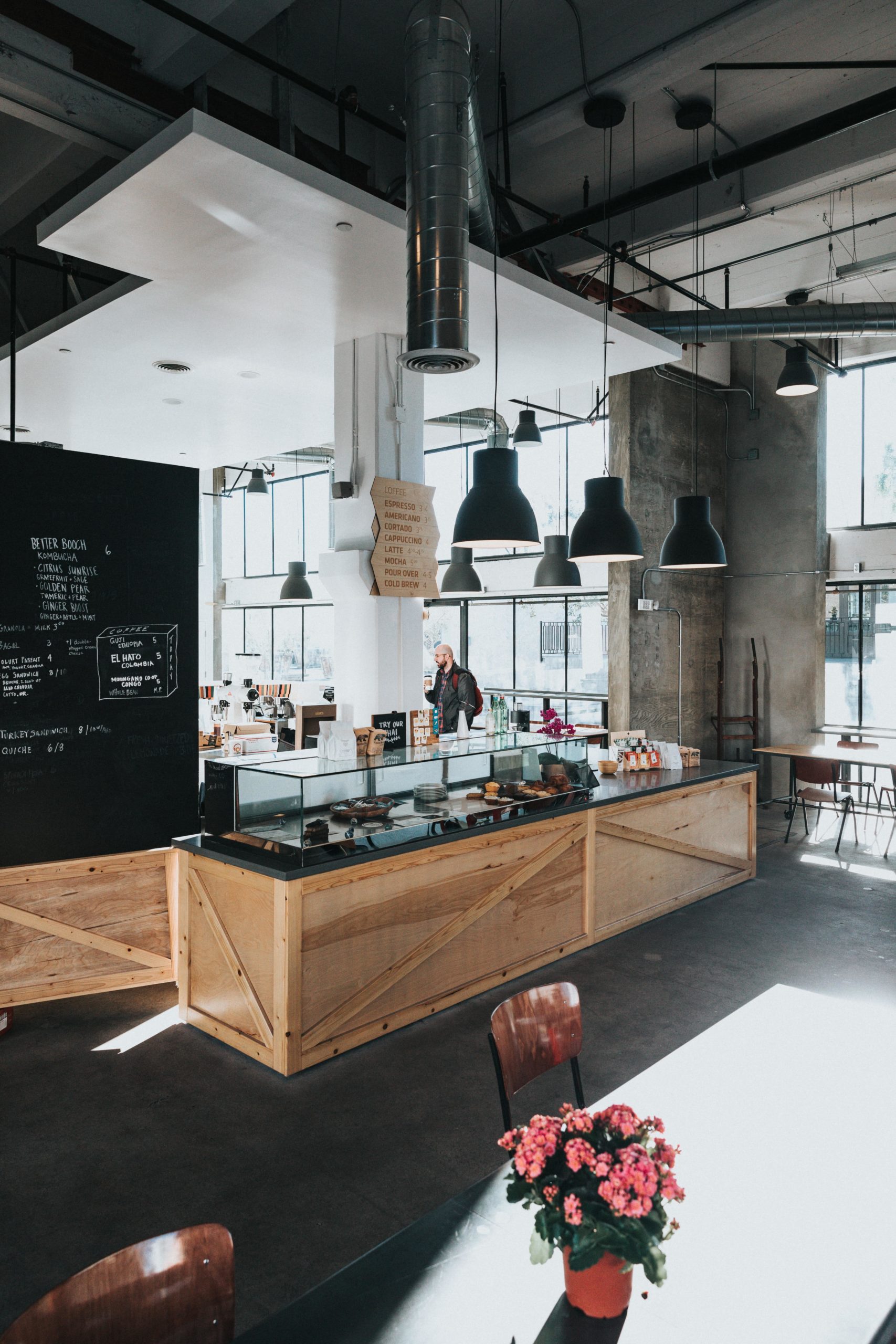Mixed-use developments are the future of South Florida. Work, live, play – it all comes together when you create an urban development filled with multi-purpose commercial properties.
However, building mixed-use properties is different from building single-use spaces. Mixed-use properties require careful planning and constructing to ensure compliance with building codes and safety standards. For example, code requirements for restaurants differ from those for office and residential. As we plan and design mixed-use buildings, there are important factors we must consider.
Here are a few ways we construct multi-purpose commercial properties to offer flexibility with occupancy while still ensuring compliance with building code and life safety requirements:
Identify occupancy goals – If the building is designed as mixed-use, we first must evaluate how the building will most likely be used. Generally restaurants are on the ground floor, office or commercial is on the second floor, and residential units are above them. If an existing building is set up differently, adjustments would have to be made during design to comply with code requirements.
Understand code requirements for each occupancy type – Each space within a mixed-use property must meet certain criteria for that occupancy (e.g., restaurant vs. residential vs. office). Multi-purpose codes generally allow you the flexibility to meander through each occupancy as long as there are ratings that meet the code requirements.
For example, with a ground level restaurant and second floor office, the flooring system that separates the restaurant from the second floor must meet a 2-hour rating to comply with the fire code (from office to residential, it could be a 1-hour rating). These criteria will depend on the building’s square footage, occupancy and other factors.
The purpose of these assemblies is to separate one occupancy from the other and to create an encapsulated area that is segregated from the rest of the building. So, if a fire were to break out in an area, it would remain contained as best as possible.
There are many challenges with building mixed-use commercial properties, but the important part is to partner with a general contractor who understands – and can ultimately plan for – the myriad life safety and building code standards required by the occupancy type.
If you’re planning a mixed-use commercial development project in South Florida, get in touch with our team at Seacoast Construction to ask your questions or schedule a free consultation.
- test :


